You’re lounging on the couch, scrolling through your phone, when your cat jumps up, walks over, and—bump—rubs their head gently against yours. No claws. No meows. Just a slow, quiet nudge of love.
It’s cute, right? But it’s also kind of puzzling. Why do cats do that?
That headbutt (also called a “head bunt”) might seem random, but to your cat, it means something particular—and surprisingly sweet.
What’s Behind the Feline Headbutt?
Cats are known for being mysterious, but headbutting is one of the more straightforward cat behaviors.
At its core, a headbutt is a sign of trust and affection. When your cat presses their forehead or cheek against you, they’re not just saying “hi” but marking you as theirs.
Cats have scent glands, especially around the cheeks and forehead. When they headbutt you, they’re leaving behind their scent. It’s a way of bonding, comforting, and claiming you most gently.
If you think about it, it’s kind of beautiful. Your cat chooses you as their safe place.
But there’s more going on than just scent.
Some behaviorists believe headbutting also helps cats self-soothe. When they nudge their heads against objects—or people—it can be a calming ritual, like us curling under a blanket or hugging a loved one.
So next time your cat gives you that slow, intentional bump, remember: it’s as comforting for them as it is for you.
Why Does My Cat Headbutt Me Then Bite Me?
Ah, the emotional rollercoaster. One minute you’re honored with a sweet headbutt, and the next—chomp. It was not hard enough to break the skin, but it was enough to make you wonder, “What was that about?”
It could mean a few things:
- Playfulness: Some cats switch from affection to play lightning fast.
- Overstimulation: Your petting might’ve crossed an invisible line.
- Communication: Some cats “nip” gently to get your attention or express frustration.
The key is reading the rest of their body language. If the ears flatten or the tail twitches, that bite probably means, “I need a break.”
Is the headbutt followed by purring and then a gentle bite? That’s likely a love bite—a weird, slightly painful way cats say they like you.
Some cats, especially rescues or formerly stray ones, may have more complex emotional habits. They’re showing love but also managing their boundaries.
Cat Headbutt and Purring: The Combo That Says “I Love You”
When your cat headbutts you and purrs at the same time? That’s a jackpot moment.
This combo usually means:
- They’re relaxed
- They feel safe around you
- They’re expressing affection
Think of it like a slow hug and a soft “thank you” rolled into one.
Some cats even press their heads against your hand and purr, waiting for pets in return. It’s their way of saying, “This feels good. More, please.”
Purring amplifies everything: the trust, the calm, and the comfort they feel around you. And it’s contagious—most cat parents admit to feeling more relaxed when their cats purr.
Why Do My Cat Headbutt Me While Sleeping?
It’s 2 a.m. You’re fast asleep when you feel a soft bump against your face.
Cats headbutting while you sleep is surprisingly common. Here’s why:
- They feel bonded to you and want to be close
- They’re checking in while you’re in dreamland
- They’re seeking warmth and comfort
- It’s part of their nighttime routine
Cats are crepuscular—most active during dawn and dusk. So if your cat headbutts you while you’re sleeping, it might be their version of a soft “wake up” nudge or a simple act of midnight affection.
Some cats also mirror your habits. If you talk to them gently, pet them often, or nap near them during the day, they might return that closeness at night—with a headbutt.
Are All Headbutts the Same?
Not quite. Just like people have different ways of showing affection, cats do.
- A gentle bunt against your forehead? Affection.
- A bump followed by rubbing on your chin or cheeks? Marking.
- A quick headbutt, then walking away? Just saying hi.
- A harder press with eye contact? Maybe asking for something—attention, food, play.
Watch what your cat does after the headbutt. Do they settle in your lap? Head to the food bowl? Start purring? Their next move tells you what the nudge meant.
And yes, some cats only headbutt their favorite humans. If you’re chosen, feel honored—you’re in the inner circle.
When Cats Headbutt Each Other
You might’ve seen this between cats who get along: a slow approach followed by a little forehead bump. This isn’t just cute—it’s their version of saying, “You’re cool. I trust you.”
In multi-cat households, headbutting between cats can mean:
- Establishing peaceful social bonds
- Reinforcing shared territory
- Building mutual trust
But don’t expect every cat to headbutt. Some prefer grooming, sleeping close, or slow blinking. Each cat has its own way of bonding.
FAQs
Why does my cat headbutt me and then bite me?
It’s usually playful or a sign of overstimulation. Watch their body language to understand if it’s a love bite or a warning.
Do all cats headbutt?
Not all. Some show affection through slow blinking, kneading, or curling up next to you instead.
Is headbutting the same as rubbing their face on things?
Yes—both involve scent marking. When cats rub their face or head on you, they mark you as part of their safe zone.
Should I headbutt my cat back?
Gently touching foreheads can be sweet—but let your cat lead. Please don’t force it or press too hard.
Why do cats headbutt when they’re being petted?
They’re showing they like it. It’s a gentle, reassuring gesture that means “keep going” or “I’m comfy with you.”
The Love Behind the Bump
A headbutt from a cat isn’t just cute—it’s meaningful. It’s quiet, non-verbal affection. It’s comfort. It’s trust.
Cats don’t give their love away freely. So when your cat gently presses their head into yours, they say, “You’re my person.” No loud meows. No big displays. Just a soft, confident nudge that says everything without saying a word.
So the next time your cat walks up, gives you that little bump, and maybe even purrs or curls up beside you—take a breath, smile, and enjoy it.
You’ve earned it.
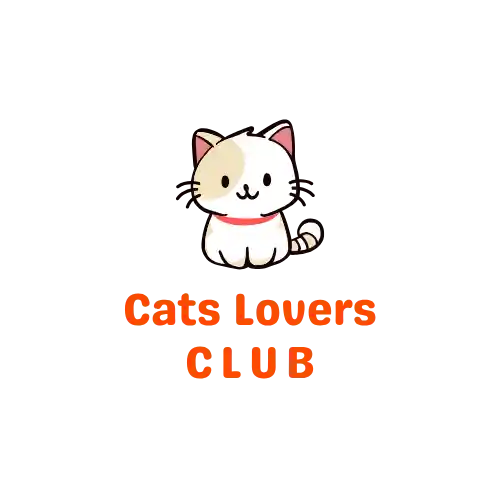

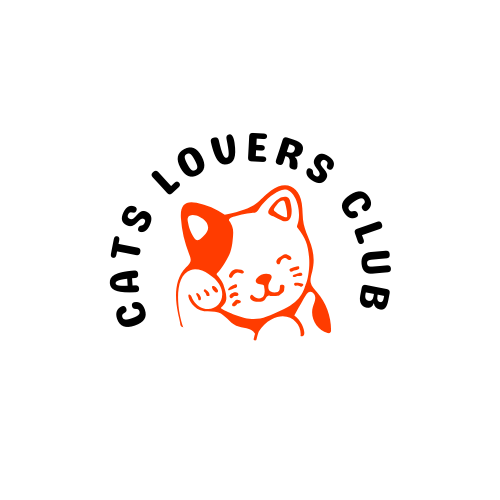
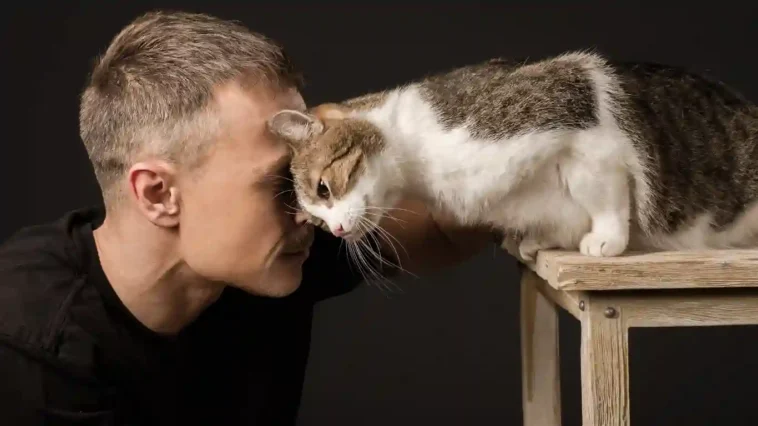

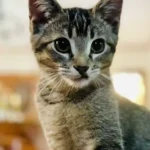
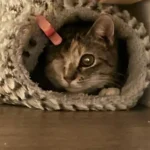
GIPHY App Key not set. Please check settings